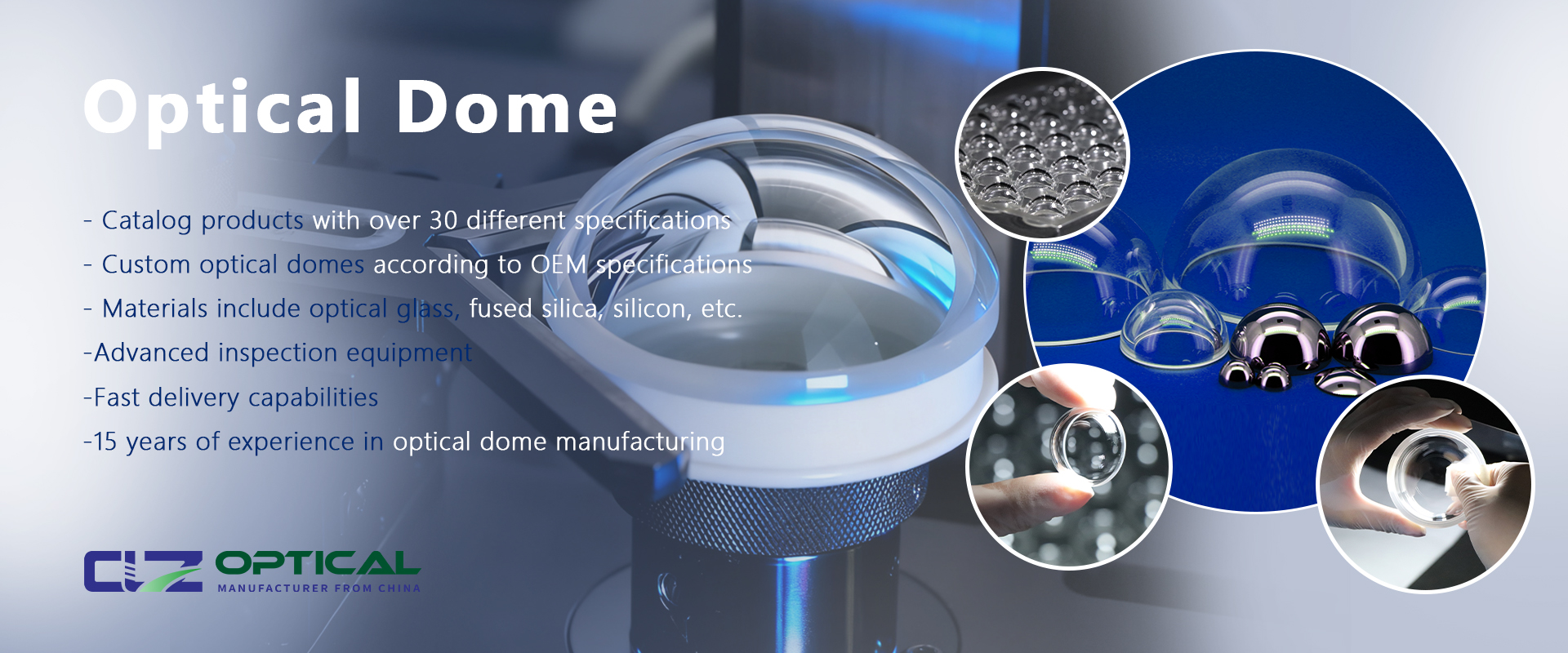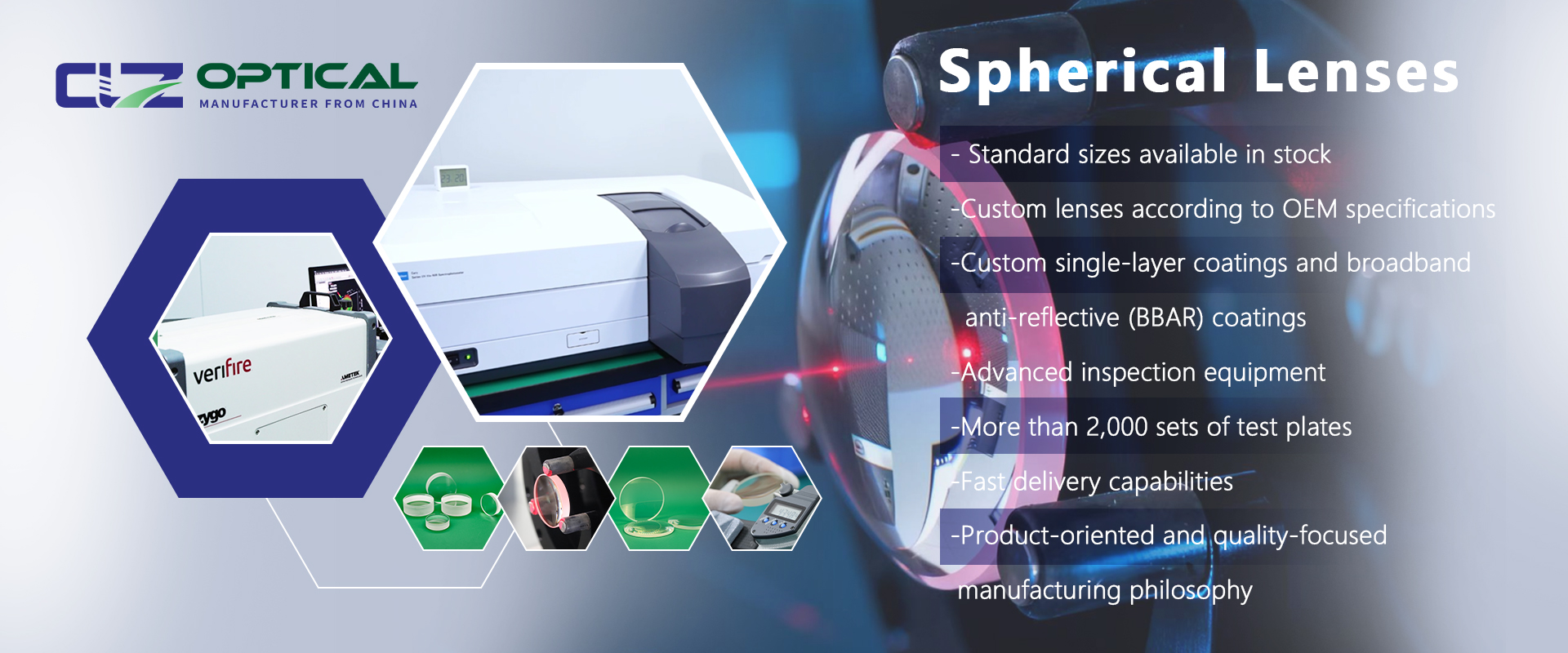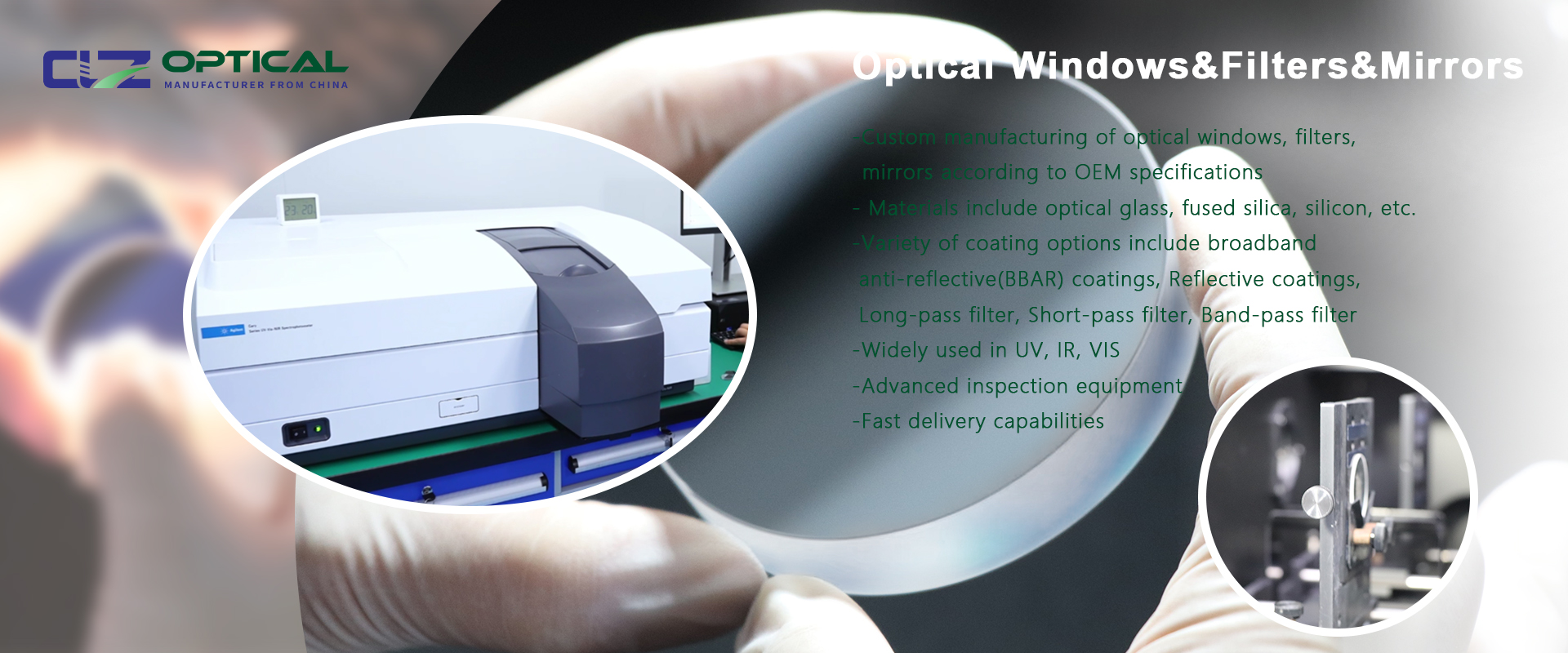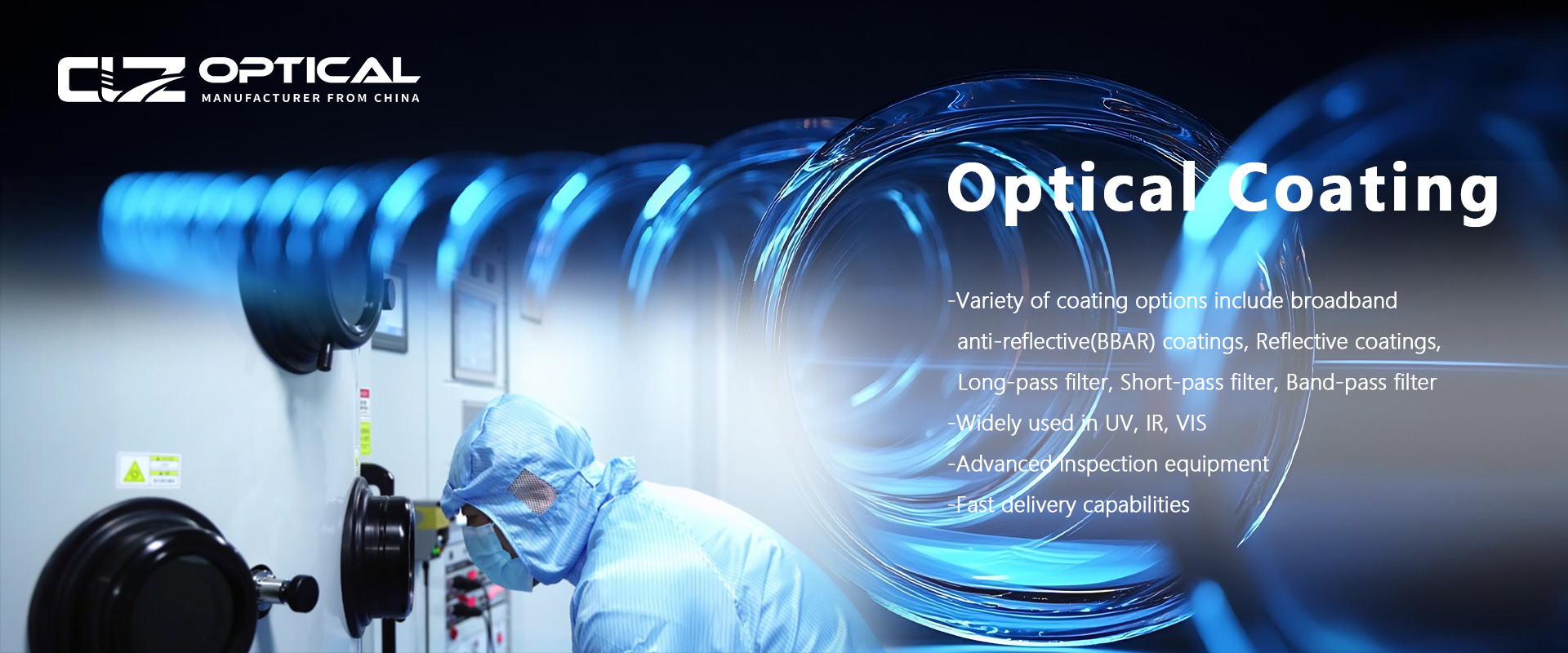Practical application of AR coating in daily life
Aug. 04, 2023
Optical AR Coating has many applications in our life, penetrating into every corner, including daily life of precision optical equipment, displays, etc. There are optical thin film applications; as well as, we usually wear glasses, various home appliances, digital cameras, and anti-counterfeiting measures on banknotes, etc., which are all the application cases of optical AR coating technology. If there is no foundation for the development of optical AR coating technology, the current laser technology, photoelectric technology and communication technology will be affected, which also shows that the research and development of optical AR coating technology is very important.
Optical AR Coating
Because the surface of the optical element has a reflection effect, which causes part of the light energy loss, in order to reduce the reflection loss on the surface of the optical element, we can usually be plated on the surface of the optical element with one or more layers of transparent medium film, which is also known as the AR coating.
In general, the higher the extinction coefficient, the more rapidly the light energy amplitude decays, the less light energy enters the interior of the metal, and the higher the reflectivity. We usually choose the metal with larger extinction coefficient and more stable optical properties as the metal film material. In the ultraviolet region we commonly used metal materials is aluminum, for in the visible region we commonly used aluminum and silver, in the infrared region we use gold, silver and copper and other materials are easy to oxidize and make the performance decrease, so usually with dielectric film to protect, we commonly used protective film materials have a silicon oxide, silicon dioxide, magnesium fluoride, and aluminum trioxide.
Characteristics and technology
Through the in-depth development and research on the technology of optical AR coating, it also promotes the continuous development of the coating technology of optical AR coating. The thickness of optical AR coating is usually controlled in the visible wavelength 1/4 wavelength of the order of magnitude, the uniformity of the optical AR coating also has very demanding requirements. Even so, we have mastered a large number of effective, advanced coating technology. Commonly used coating methods include chemical vapor deposition, vacuum evaporation, gel coating and other methods. Among the three, sol-gel coating equipment is relatively simple, can be operated at room temperature and pressure, microstructure can be controlled, high uniformity of the film layer, suitable for different sizes and shapes of the substrate, through the control of the preparation process and formula to obtain a high laser damage threshold of the optical AR coating, is currently the most important preparation method of high-power laser film.
A normal film that does not maximize the light intensity of transmitted light and neither minimizes reflected light. It is because the light to increase the transmittance is usually not monochromatic, but has a certain bandwidth, and the transmittance enhancement film can completely increase the transmittance of monochromatic light of a certain wavelength. Therefore, we use multi-layer coating technology to improve the actual transmittance enhancement effect and also increase the transmitted light bandwidth.
Application
Electromagnetic waves in the process of propagation, in the demarcation surface of different media, the boundary conditions are different, the distribution of energy is different, which is the permeable membrane to increase the intensity of transmitted light the main principle of the basis. For both sides of the medium different single-layer permeable AR coating, film thickness is 1/4 wavelength of an odd number of times and the film's refractive index n = (n1 * n2) ^ (1/2) when (n1, n2 are medium 1, 2 refractive index), only to enable all the incident light can be through the medium. Generally speaking, optical lenses are mainly used in the air, for the refractive index of 1.5 or so of optical glass, in order to make a single layer of film to achieve 100% of the effect of increasing the permeability, n1 = 1.23, or close to 1.203. single layer of film is only for a particular wavelength of the electromagnetic wave has the effect of increasing permeability, if you want to achieve a wider range of wavelengths to achieve increased permeability, we can use the plating of multi-layer film to achieve the purpose! The single-layer film only has the effect of increasing the permeability for a specific wavelength. We have a wealth of experience in the use of optical AR coating, found a lot of materials can be used as a AR coating; at the same time also mastered a lot of advanced coating technology, so the application of optical AR coating involves the military, medical and space exploration and other industries, for the advancement of human scientific and technological civilization to make a significant contribution.
Seemingly very mysterious permeation enhancement film, in fact, has penetrated into many aspects of our lives, such as our inseparable glasses on the permeation enhancement film figure. Our eyeglass lenses are usually coated with MgF2 and other materials as a transmittance enhancement film to increase the transmittance of visible light, reduce the reflection of stray light, and improve visual comfort (especially in the case of backlighting). Recently, in response to the concern about whether or not dyed glasses are harmful to the human body, a hardening process with a transmittance enhancement film can also improve the quality of the lenses.
And in videography, permeation-enhancing films are ubiquitous. Coated with different materials and thickness of the translucent film, matched with the camera, you can achieve the effect of not bias color, and even make the shooting out of the picture has a different effect.
In order to avoid the occurrence of specular reflection in the shooting of movies, usually also use the transmittance enhancement film for processing.




















